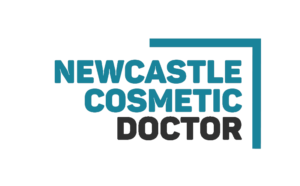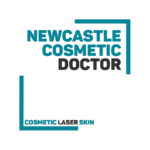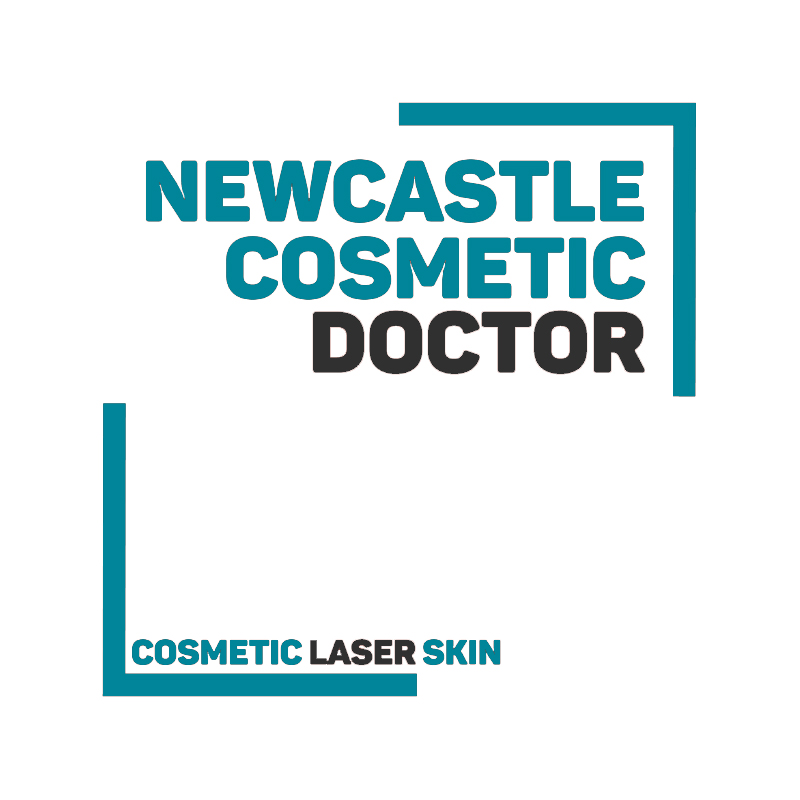1. Purpose & Scope
This protocol outlines the recognition and management of anaphylaxis and severe allergic reactions following dermal filler, botulinum toxin, skin care products, or any in-clinic exposure. It applies to all staff and covers immediate emergency response, escalation, and aftercare.
2. Governance & References
This protocol aligns with Ahpra Guidelines for Non-Surgical Cosmetic Procedures (2025), ASCIA Anaphylaxis Guidelines (2022), and Australian Resuscitation Council Guidelines. All staff must complete annual CPR & anaphylaxis training.
3. Recognition of Allergic Reactions
Mild–moderate reaction:
- Localised skin: hives, flushing, angioedema.
- GI symptoms: abdominal pain, nausea.
Anaphylaxis (life-threatening):
- Sudden onset, rapid progression.
- Skin: widespread urticaria, angioedema, flushing.
- Respiratory: wheeze, stridor, dyspnoea.
- Cardiovascular: hypotension, collapse, syncope.
- GI: persistent severe abdominal pain, vomiting.
Always treat if in doubt as anaphylaxis.
4. Immediate Management of Anaphylaxis
Step 1 – Call for help:
- Activate clinic emergency response.
- Call 000 (ambulance) immediately.
Step 2 – Position patient:
- Lay flat; elevate legs if tolerated.
- If breathing difficulty: allow sitting with legs extended.
- Do not suddenly stand.
Step 3 – Adrenaline (first-line, no delay):
- Adrenaline 1:1000 (1 mg/mL) IM injection
- Adults: 0.5 mL IM (500 micrograms) into mid-lateral thigh.
- Repeat every 5 minutes if no improvement.
- EpiPen® 0.3 mg autoinjector may be used if available.
Step 4 – Supportive therapy:
- High-flow oxygen if available.
- Airway support (basic airway manoeuvres).
- IV access: give normal saline for hypotension.
- Nebulised salbutamol for persistent wheeze.
Step 5 – Adjunct medications (only after adrenaline given):
- Antihistamine (oral/IV): e.g., cetirizine or promethazine.
- Corticosteroid: e.g., dexamethasone or prednisolone.
Step 6 – Monitor:
- Vital signs every 5 min.
- Prepare for CPR if deterioration.
5. Post-Emergency Care
- Transfer to hospital emergency department for observation (minimum 4–6 hrs; 24 hrs if severe or biphasic).
- Provide incident summary to paramedics.
- Document reaction, suspected agent, lot number, timeline, treatments given.
- Notify TGA if reaction linked to cosmetic medicine product.
- Schedule follow-up for patient debrief and allergy referral.
6. Clinic Readiness
Anaphylaxis Kit:
- Adrenaline 1:1000 ampoules + syringes/needles.
- EpiPen® autoinjectors (expiry checked monthly).
- Oxygen + mask.
- Salbutamol puffer + spacer.
- Antihistamine tablets.
- Corticosteroid tablets.
- BP cuff, stethoscope, pulse oximeter.
- Emergency protocol wall chart (ASCIA).
Staff training:
- Annual CPR & anaphylaxis update.
- Quarterly simulation drills.
7. Documentation
- Emergency event form: onset, symptoms, agent, interventions, response, outcome.
- Record in patient notes with photos if applicable.
- File incident report for audit and Ahpra compliance.
References
- ASCIA 2022, Acute management of anaphylaxis guidelines, Australasian Society of Clinical Immunology and Allergy, viewed 3 Oct 2025
- Ahpra 2025, Guidelines for non-surgical cosmetic procedures, Australian Health Practitioner Regulation Agency, viewed 3 Oct 2025
- Australian Resuscitation Council (ARC) 2023, Guideline 9.2.7 – Anaphylaxis, viewed 3 Oct 2025
- Therapeutic Goods Administration (TGA) 2024, Reporting adverse events involving medicines and vaccines, viewed 3 Oct 2025


